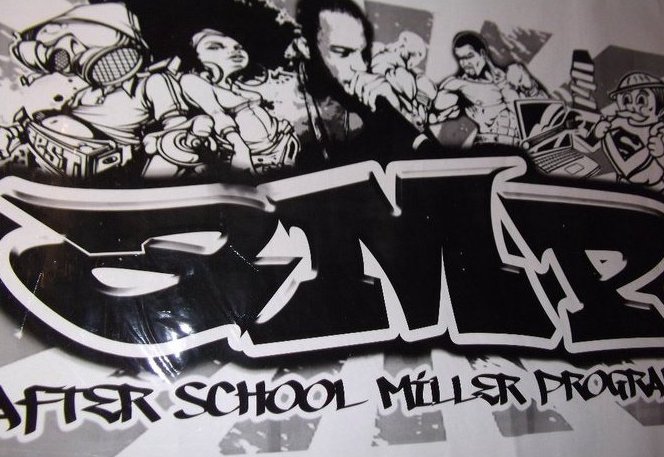Use Another Word: Incorporating Student Voice in Key Decisions at All Levels

A single act of kindness throws out roots in all directions, and the roots spring up and make new trees.
– Amelia Earhart

INTRO
When Carmen Gelman—Ms. G to her students—arrived at Springfield High School as the new assistant principal, racial tension filled the campus and fights were at an all-time high. Although Springfield was the most diverse school in Lane County, students of color were not represented in AP/Honors courses, athletics, clubs, leadership, or other activities, which led to many of these students feeling marginalized, not accepted, and therefore disengaged. Ms. G needed to find a way to address these issues and she knew she could not do it herself. She needed help but, most importantly, she needed to hear other voices—and who better to share their voices about school and change than the students.
After gathering and analyzing the data, the Use Another Word campaign was born, created by the students, to help change language that might lead to students feeling unwelcome or unheard at Springfield.
OBJECTIVES
- Ensure that student voice is incorporated in key decisions at the school, program, department, and student levels
- Ensure all students are heard, included, and feel they belong in a safe and respectful learning environment
RESOURCE LINKS
How to Get Started Incorporating Student Voice in Key Decisions
1. Assemble Diverse Student Group
- Example: Principal’s Advisory Council
- Some areas to consider:
- Academically
- Culturally
- Socially
- Train students on how to represent the entire school’s student body
- Try the Upacking All Protocol
2. Employ the “Use Another Word” Campaign/Practice
- Videos
- Posters/signs
- Buttons
- Apparel
- Assemblies and/or small group sessions
- Classroom instruction and practice
- Student (and staff) pledges
- etc.
TIPS
- Key Moves are efforts that require a bit of planning, but can be implemented within the next 3-6 months











Responses